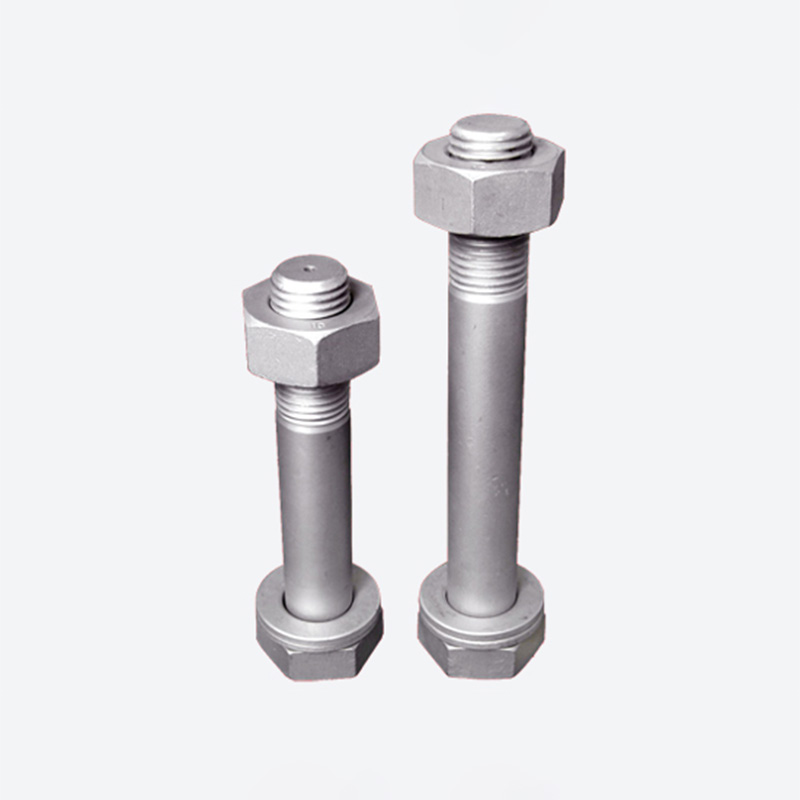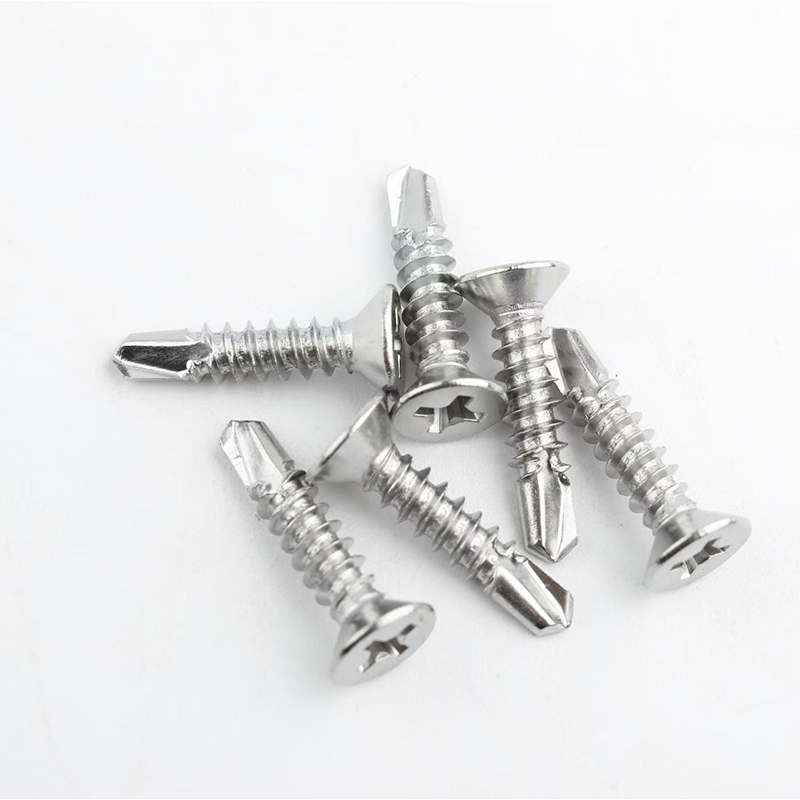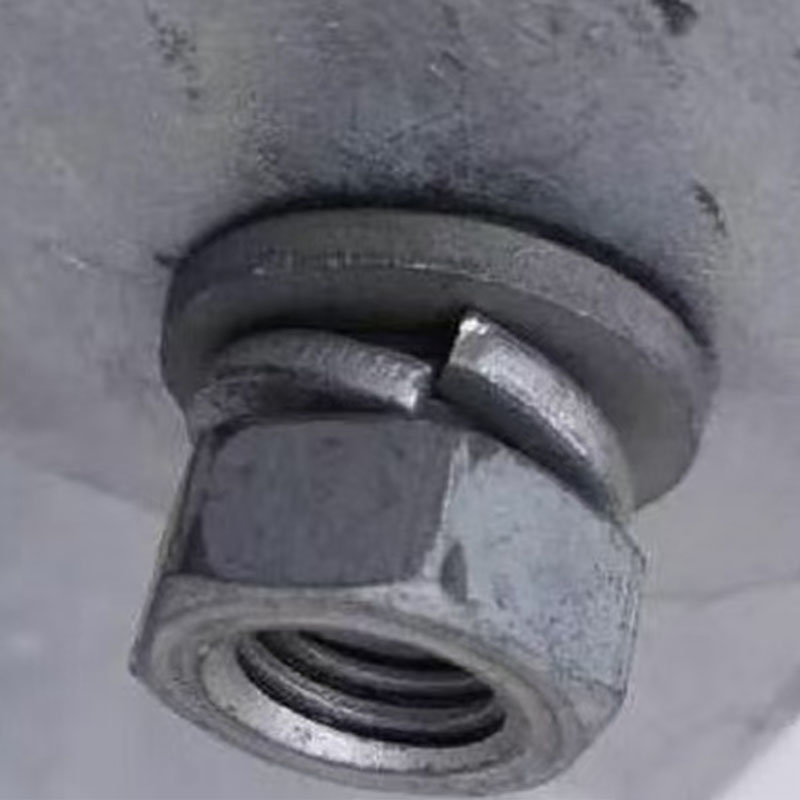- English
- Chinese
- French
- German
- Portuguese
- Spanish
- Russian
- Japanese
- Korean
- Arabic
- Irish
- Greek
- Turkish
- Italian
- Danish
- Romanian
- Indonesian
- Czech
- Afrikaans
- Swedish
- Polish
- Basque
- Catalan
- Esperanto
- Hindi
- Lao
- Albanian
- Amharic
- Armenian
- Azerbaijani
- Belarusian
- Bengali
- Bosnian
- Bulgarian
- Cebuano
- Chichewa
- Corsican
- Croatian
- Dutch
- Estonian
- Filipino
- Finnish
- Frisian
- Galician
- Georgian
- Gujarati
- Haitian
- Hausa
- Hawaiian
- Hebrew
- Hmong
- Hungarian
- Icelandic
- Igbo
- Javanese
- Kannada
- Kazakh
- Khmer
- Kurdish
- Kyrgyz
- Latin
- Latvian
- Lithuanian
- Luxembou..
- Macedonian
- Malagasy
- Malay
- Malayalam
- Maltese
- Marathi
- Mongolian
- Burmese
- Nepali
- Norwegian
- Pashto
- Persian
- Punjabi
- Serbian
- Sesotho
- Sinhala
- Slovak
- Slovenian
- Somali
- Samoan
- Scots Gaelic
- Shona
- Sindhi
- Sundanese
- Swahili
- Tajik
- Tamil
- Telugu
- Thai
- Ukrainian
- Urdu
- Uzbek
- Vietnamese
- Welsh
- Xhosa
- Yiddish
- Yoruba
- Zulu
- Kinyarwanda
- Tatar
- Oriya
- Turkmen
- Uyghur

He pehea te paanga o nga raka roha ki te haumaru piki toka?
2025-08-11
He mea tino nui nga raka roha haumaru piki toka, engari ko te mohio ki o raatau mahi me nui ake i te matauranga pukapuka. Ko tenei torotoro e whakatere ana i nga mea uaua ka whakaarohia e te hunga piki, e whakaatu ana he aha te mea he nui ake enei tutaki i nga whakauru whakarewa noa.
Te Maramatanga ki te Mahi a te Whakawhanui Whakanuia
He maha nga kaikoeke e kite ana i nga raka roha hei taputapu whakamarumaru taketake, engari ko ta raatau mahi pono ko nga hihiko uaua i waenga i te whakarewa me te toka. I hangaia enei raka ki te whakawhanui ki roto i nga rua kua keria, kia mau te punga ki te waahi. Ko tenei roha e whakarato ana i nga kaieke e whakawhirinaki ana.
Heoi, ko te tukanga roha ehara i te mea maamaa. Ko te momo toka me te kounga o te toka, nga ahuatanga o te taiao, me nga rawa raka ka tino awe katoa ki te whai huatanga o te whakaurunga. Ko te raka ahua mau ka kore e pono mena ka he te whakahaere i tetahi o enei mea.
I tetahi pikinga i Utaha nei, na te pai o te tuunga o te raka i arahi ki te kore ohorere i taku pikinga. Na tenei mea i whakakaha ake i te akoranga: kaore e rua nga raka e rite ana te mahi, he mea tino nui te whakaurunga mo te haumaru.
Te Hiranga o te Kounga Rawa
He mea nui ki te mohio ki nga rauemi e whakamahia ana mo nga raka roha. He rereke nga momo taonga e tuku ana i nga nekehanga rereke ki te waikura me te ahotea. Hei tauira, he pai ake nga raka kowiri tira mo te mau tonu, ina koa ki nga pari takutai ka taea e te tote te whakatere i te pirau.
Ko Handan Shengtong Fastener Manufacturing Co., LTD e whakarato ana i te whānuitanga o nga raka roha-kounga teitei i hangaia hei tu i nga ahuatanga rereke. Ko ta ratou aro ki te kounga ka taea e te hunga piki te whakawhirinaki ki o raatau taputapu i ia pikinga. Ka kitea etahi atu korero i runga i ta raatau paetukutuku i Handan Shengtong.
Heoi, ko te whakawhirinaki anake ki te ingoa o te kaiwhakanao me te kore e tirotirohia nga raka takitahi ka arahi ki te tirotiro. Ko te tirotiro whaiaro he waahanga nui o te rarangi arowhai haumaru.
Nga Tikanga Whakauru me nga Wero
Ko te whakaurunga o nga raka roha he maha nga wa e whakahaweatia ana. Ko te whakatakotoranga tika ehara i te mea ko te keri poka noa; e pa ana ki te mohio ki te ahua o te toka me nga tohu pehanga pea. Ko nga koki he, he hohonu ranei ka whakararu i te tika o te raka.
I tata nei, i te wa o te whakangungu, ka tutaki tetahi hoa mahi ki tetahi raka i tuu ki te koki he, i kore ai i raro i te taumaha. I tino whakaatu i te hiranga o te mahi-a-ringa me te wheako ki te whakauru raka.
I tua atu i te mahi a tinana ki te tuu i te raka, me whai whakaaro nga kaipikipiki ki nga tikanga matatika—pehea te maha o te tuu i nga raka me te whakarite kia kore e kino te taiao.
Tirotiro me te tiaki i nga wa katoa
Me whakapau kaha nga kaieke ki te tirotiro auau i nga raka roha o naianei. Ko te wa, te whakamahinga, me nga ahuatanga o te taiao ka taea te whakaheke i te pono o te raka. Ko te raka i mau i tera tau ka kore pea e mau i tenei ra.
Inaa, ko nga hua a Handan Shengtong i hangaia mo te roa o te oranga engari me arowhai tonu kia mau tonu to raatau whai hua. Whakaarohia te tuhi me te aro turuki i nga ahuatanga o te poupou i roto i nga rakau piki kia pai ai te tiaki.
He mea tika ki te kawe i te kaitirotiro raka i te wa e piki ana, ka waiho nga arowhai hei waahanga o te mahinga, kaua ko te inenga tauhohenga i muri i tetahi aitua.
Wheako Marae me te Ako Tonu
Ka whai waahi nga pikinga katoa ki te mohio o te kaikorero mo te paanga o nga raka roha ki te haumaru piki toka. Ko te ako mai i ia pikinga—he angitu, kaore ranei—ka whakanui i te kaha o te tangata ki te whakawa me te whiriwhiri i nga raka me nga tuunga tika.
Ko te korerorero ki nga hoa piki me te tiri i nga wheako whaiaro ka nui ake te mohiotanga. Ko te whakawhanaungatanga me nga roopu opaki i hangaia ma te ipurangi, ma nga awheawhe ranei ka taea te whakanui ake i te turanga matauranga mahi.
Ka rite ki te keehi i whakahuahia i mua ake nei i Utah, ko te whakaaro ki nga wheako, te pai me te kino, ka awhina i te whakamahine i nga tikanga me te whakarite kia tutuki nga tohu ki o raatau kaupapa. Ko te mahi tahi me nga kaikoeke kua tau ki te whakatere ake i tenei pihi ako.









